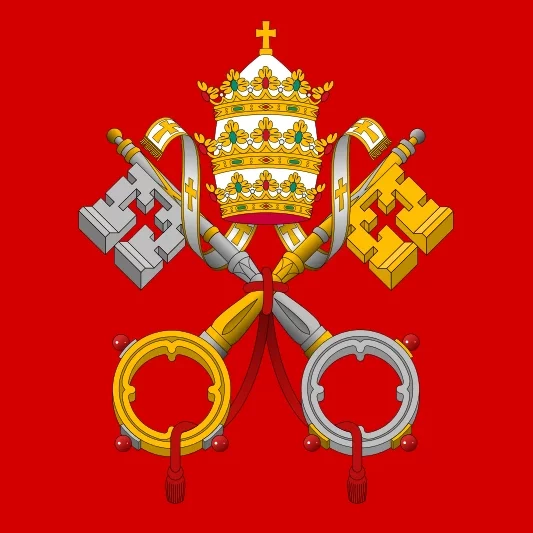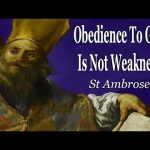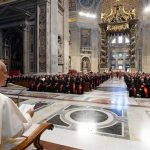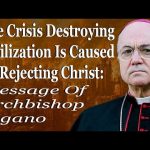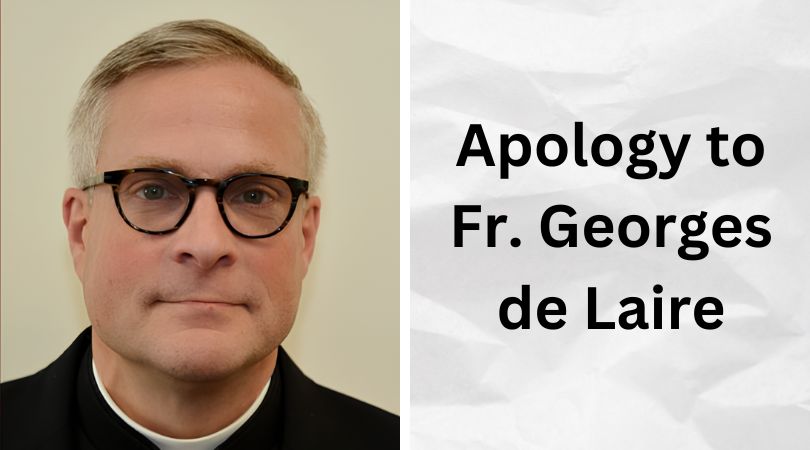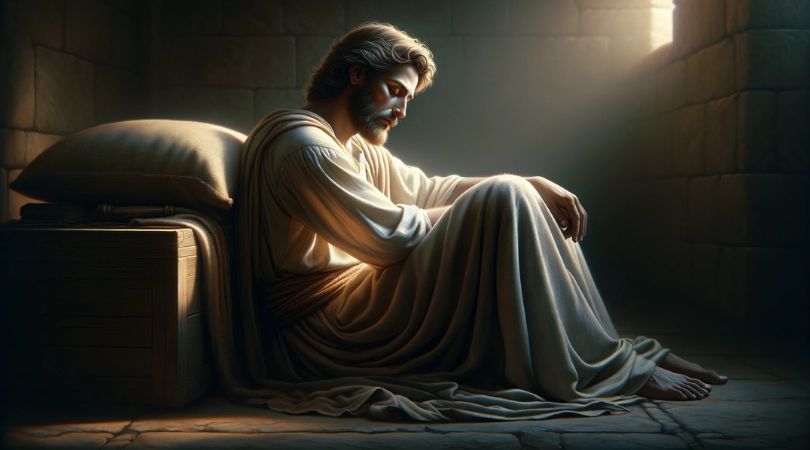My first employer was a killer. I saw him kill. My colleagues saw him kill. My employer was a renowned publisher and chief editor of the newspaper for which I wrote. He had significant business interests. As reporters, whenever we wrote a story exposing the corruption of his business buddies, he would swiftly and ruthlessly kill. He would kill the story.
“The Massacre of the Innocents,” detail from Pieter Breugel
In journalistic lingo, an editor kills a story when he deliberately refuses to publish it. In my days we also referred to killing a story as “spiking a story.” The editor would take your typewritten copy and ram it down a spike — a long, sharp needle. He would kill the story.
An editor can kill a story in a professional capacity. But anyone can kill a story in a personal capacity. We in the West have colluded in killing the most famous story in history.
How do you kill a story? Every story has a plot. Central to the plot is conflict. “Nothing moves forward in a story except through conflict,” notes Robert McKee in his book Story: Substance, Structure, Style, and the Principle of Screenwriting. Even children’s stories need conflict. Hansel and Gretel needs a wicked witch who eats little children. Jack and the Beanstalk needs a horrible giant who wants to grind Jack’s bones for his bread. Expunge the conflict and you kill the story.
So where is the conflict in the Christmas story? Is there conflict on that silent night when “all is calm, all is bright” and when the babe “sleeps in heavenly peace?” Is there conflict in a story where the babe in a manger is so well-behaved that we sing of him as “little Lord Jesus” and that there’s “no crying he makes?” Or have we deleted, expunged and erased conflict from the Christmas story? No conflict, no story. Is this why the Christmas story has ended up being a non-story for most people — safe, soppy and sanitized for the supermarket?
There is conflict in the Christmas story in Luke’s Gospel. Luke juxtaposes two kings — Christ and Caesar. Luke’s Christmas story is a political pamphlet targeting the most powerful emperor in the world — Octavian Caesar Augustus. There is also conflict in the Christmas story in Matthew’s Gospel. Matthew’s Christmas story is a political pamphlet targeting the most powerful ruler in the Roman province of Judea — King Herod.
Conflict in Matthew
Matthew introduces in the Christmas story the theme of state-sponsored terrorism. After the birth of an innocent child comes the death of innocent children. After the silent night of Christmas, we have screaming nightmares of children being snatched from their mothers and massacred. This is not an afterthought or an appendix. It is part of the Christmas story. Joseph is still around. Herod is still around. The wise men are still part of the story. The Holy Family’s escape triggers Herod’s outrage.
So if we have Joseph and Mary and the wise men as part of our nativity plays and cribs decorated with tinsel and sparkling lights, why do we not have some blood and gore and a few baby dolls with stab wounds in their stomachs?
Is it because we don’t like conflict? Is it because we are desperate to surgically excise the conflict from the Christmas story and render it clinically sterile? That is how most people expect to live life — with no conflict. I wonder whether Joseph expected the story to end with the Holy Family living happily ever after. After all, Mary’s child is to be the Savior (Matthew 1:21). Surely the Savior will save Joseph from conflict? Surely God will save innocent children from Herod?
Herod is paranoid about protecting his throne. On becoming king, he swiftly eliminates his predecessors, the Hasmonean kings Antigonus and Hyrcanus, along with many of their supporters. He eventually kills all remaining members of the Hasmonean dynasty — even those related to him by marriage. Herod kills his brother-in-law, his mother-in-law and even his favorite wife Mariamne. In his final years, he also kills his sons because he suspects them of plotting to seize his throne.
Around the time of Jesus’ birth — 7 to 4 B.C. — he continues to be paranoid about rivals to the throne, whether real or imagined. He is so cruel that he plans to slaughter all the Jewish nobility at the time of his own death to ensure that the mourning is genuine.
When Herod discovers that the wise men have tricked him, his paranoia takes over. He sends his soldiers to kill all male children under 2 years old in Bethlehem and its districts. With about a thousand people living in Bethlehem, his soldiers would have killed an estimated 20 male children. But Jesus escapes Herod’s sword.
Flight to Egypt
An angel appears to Joseph and asks him to flee to Egypt with Mary and the baby. Many famous Old Testament characters flee to Egypt. Abraham, Jacob and Jacob’s sons all flee to Egypt to escape famine (Genesis 12:10, 42:1–3). King Jeroboam flees to Egypt when King Solomon tries to kill him (1Kings 11:40). The prophet Uriah escapes to Egypt when King Jehoiakim attempts to kill him (Jeremiah 26:21).
By the time of Jesus, Egypt was a Roman province with a large Jewish population. Roughly one-third of the population of Egypt was Jewish. The historian Philo tells us that there were a million Jews in and around Alexandria. In fact, the Jews had even built a substitute temple in Egypt for the Jerusalem Temple.
“Flight to Egypt” by Rembrandt
Joseph does exactly what the angel asks him to do. His response to conflict is complete surrender to the Will of God and complete obedience to the Word of God. No ifs, no buts. He leaves by night instead of waiting for daylight. Traveling by night is far more dangerous.
It is a week’s journey to Egypt — the border is at least 150 miles from Bethlehem. We are not told what happens in Egypt. When Herod dies, an angel asks Joseph to leave Egypt and return to Israel. Again, Joseph responds with exemplary obedience to God’s Will and to God’s Word.
But Joseph’s conflict does not end with his return to Israel. Herod’s son Archelaus is the new king. Archelaus is a chip off the old block. The Jewish historian Josephus says that Archelaus begins his reign by massacring 3,000 Jewish worshippers at Passover.
Eventually, he is removed in A.D. 6. Rome imposes direct rule on Judea and Samaria. The prefect appointed to replace Archelaus is a man by the name of Pontius Pilate.
There is no resolution to Joseph’s conflict. He is afraid to return to Judea because of Archelaus. Again, God speaks to him in a dream. Again, he responds to God’s Word. He goes to Galilee with Jesus and Mary and settles down in a place called Nazareth.
Exodus & Exile
When there’s no conflict, there’s no story. We now have a story because we now have conflict. But the conflict is not just political but theological. How can a loving God hustle his Son off to safety and leave other children to die? Could he not spare them all? Could he not have sent his angel to warn the fathers of the other babies in Bethlehem?
Is there a resolution to this theological conflict? If you are familiar with Bible stories, it won’t take you long to recognize that the story is a re-enactment of two of Israel’s most important stories — exodus and exile.
Jesus re-enacts the exodus by entering into the conflict in Egypt. In the exodus story, Moses escapes being slaughtered by Pharaoh, even though Pharaoh kills other children. Now, Jesus escapes being killed by Herod, even though Herod kills other children. Jesus comes out of Egypt, just as Israel came out of Egypt. Matthew describes Jesus as fulfilling Hosea’s prophecy, “Out of Egypt I called my son” (Matthew 2:15). Jesus enters and re-enacts Israel’s grand story of deliverance.
But Jesus also re-enacts Israel’s grand story of destruction and death. This is the story of the exile. Matthew alludes to this through Jeremiah’s prophecy. “A voice was heard in Ramah, weeping and loud lamentation, Rachel weeping for her children; she refused to be comforted, because they are no more” (Matthew 2:18, Jeremiah 31:15).
“Slaughter of the Innocents” by Nicolas Poussin
Rachel is Jacob’s wife from Genesis. She has been dead for hundreds of years. She is portrayed as a symbol of a mother who not only weeps over the destruction of her immediate children, but laments as she sees her descendants being taken into exile centuries later.
By the time Jesus is born, Israel is still in exile. Now, the Romans — not the Babylonians — are her rulers. Israel is expecting a messiah who will deliver her from the tyranny of Rome and its stooges like Herod and Archelaus. Many Old Testament prophets have referred to this messiah as the “branch” or the “shoot” of Israel.
Matthew ends the Christmas story by telling us that Jesus is that branch. He describes how Joseph took Jesus and Mary “to live in Nazareth, so that what had been spoken through the prophets might be fulfilled: ‘He will be called a Nazarene'” (Matthew 2:23).
Not a single prophet or prophecy refers to Nazareth. So what does Matthew mean? Matthew is playing on words. Nazareth is never mentioned in the Old Testament, but prophets like Isaiah (11:1) refer to a branch who will grow tall and save Israel from exile. The Hebrew word for branch (neser) is the same as the root for Nazarene.
Jesus Is the Resolution
Do you remember how Matthew’s Christmas story begins? It begins with the angel telling Joseph that “Mary will bear a son, and you shall call his name Jesus, for he will save his people from their sins” (Matthew 1:21). “His people”? Does this mean Jesus saves only the Jews? What about the rest of us? In his Christmas story, Matthew cleverly brings in the rest of the world. Jesus is subject to Roman rule, he is honored by the Wise Men from the East (probably Mesopotamia, or Iran), they bring him gifts associated with Arabia and Sheba and part of his childhood is spent in Egypt.
Jesus enters into the story of the nations; He plunges into the story of our humanity, and by becoming part of the conflict, He becomes the resolution to the story of Israel and the story of world — to the story of your life and mine.
How can a loving God hustle his Son off to safety and leave other children to die? God does not hustle his Son off to safety. He takes him to Egypt so that he can enter into further and greater conflict. In Egypt, Jesus enacts the story of Israel’s suffering and deliverance. Jesus then returns to Israel to die as an innocent victim for the sins of the whole world.
Don’t kill the Christmas story. Don’t take conflict out of Christmas. You can’t take conflict out of life. You can only bring conflict to a resolution. That’s where you need the God of Israel, the Savior of the world. That’s where the human race will find resolution. That’s where you will find resolution.
The words of the poet H.W. Longfellow echo this most succinctly:
I heard the bells on Christmas Day
Their old familiar carols play;
And wild and sweet the words repeat
Of peace on earth, goodwill to men.
And in despair I bowed my head;
“There is no peace on earth,” I said,
“For hate is strong and mocks the song
Of peace on earth, goodwill to men.”
Then pealed the bells more loud and deep:
“God is not dead, nor doth he sleep
The wrong shall fail, the right prevail
With peace on earth, goodwill to men.”
